["I see you everywhere, in the stars, in the river; to me you're everything that exists; the reality of everything."]
Don't wanna be here? Send us removal request.
Text
I’ve moved into a new place (“new” being an old house with refreshingly little Weird Activity) and I’m finally getting materials and a little space to set up an altar again.
It’s nice.
Since I’m in a new place, I figured it is a good way to start fresh. Start my practice and spiritual/religious journey anew.
I’ve been wanting to get back into the groove by honoring Sol again. It’s been this thought rolling around my head for the last several weeks, and it has only gotten more insistent.
FUNNILY...last night I had a dream wherein I got a new tattoo. Solar themed. Geometric shapes and symbols and odd bindrunes, maybe, but to ME it was clearly solar. I could feel the energy radiating off of it.
Today, a pagan/witchcraft themed loot box came in the mail. The theme?
Solar.
It came with a sun pendant (incredibly similar to one I had been looking at elsewhere just the other day, for the altar). It also came with a solar-themed bottle of oil (I have been looking at one of those tea-light oil burner...diffuser things, in place of incense - just as I did before).
I think it’s safe to say that I am being heard, that I am being seen, and that this has all been met with approval.
I mean it’s hardly SUBTLE lmao.
13 notes
·
View notes
Video
youtube
Really neat (short!) video on the Etruscan language for anyone interested. It’s a good diving-in point, and the narrator is very easy to listen to!
8 notes
·
View notes
Text
“You’re staring at Mister Vimes, Reg.”
“Am I?” Reg asks, eyes fixed on Vimes’ back as he speaks to some new recruits.
“Yes Reg,” Nobby says. “You’re staring, Reg. Why’re you staring?”
“He… just reminds me of someone, sometimes. The Commander.”
***
He’s twenty-five and he’s standing on top of the barricades, flag in his hands and pure defiance in his voice.
He’s twenty-five and he should be dead, is dying, blood gushing from more wounds than he can count but he’s still crawling forwards, still fighting, propelled by nothing but willpower and conviction because he will. Not. Give. Up.
He’s twenty-five – but is he, still? – and fresh air washes over his face, not quite ridding him of the taste of mud and dirt still filling his mouth.
Keep reading
2K notes
·
View notes
Text
How to ID a Roman Emperor
Incomplete, and in no chronological order, here are the screenshots from my review sesh on Roman imperial portraiture. BIG thanks to Nicole Genevieve, whom I do not know, but whose excellent twitter thread inspired this post & provides the best tips below. Enjoy, & bonam fortunam!








3K notes
·
View notes
Photo
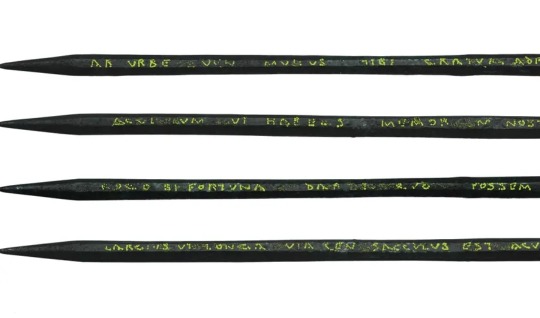
REPOST : Roman stylus 70AD, in comon vanacular translates into “i went into the city and all i bought you was this lousy pen” , link and full translation in the comments [640 x 320]
111K notes
·
View notes
Text

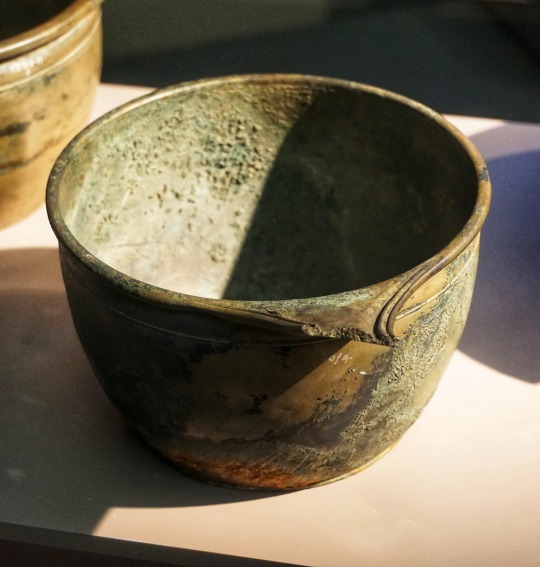
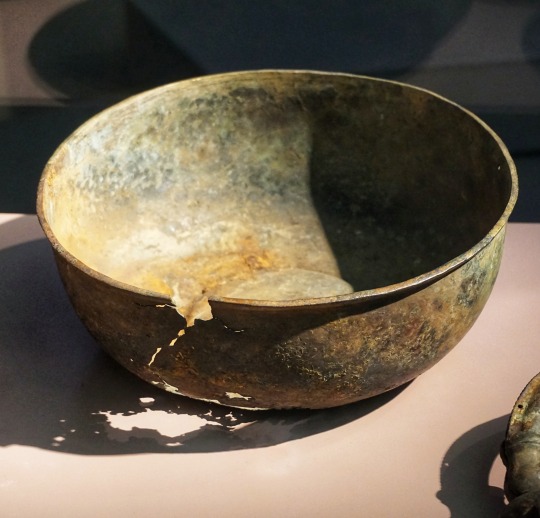
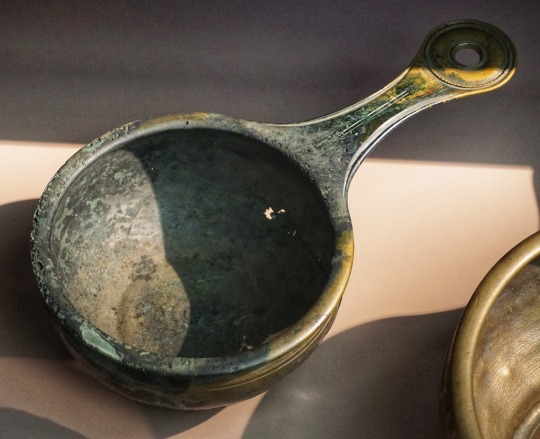
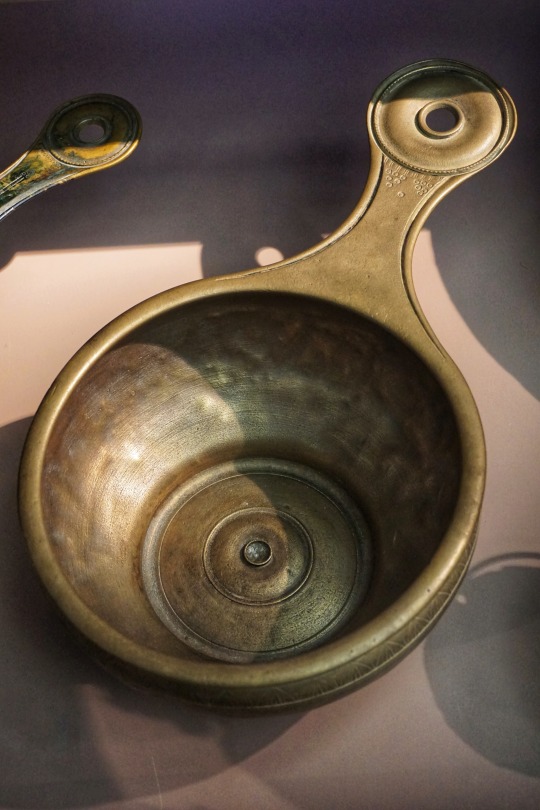
Roman Pots, Pans and Strainers, The Great North Museum, Hancock, Newcastle upon Tyne, January 2020.
389 notes
·
View notes
Photo
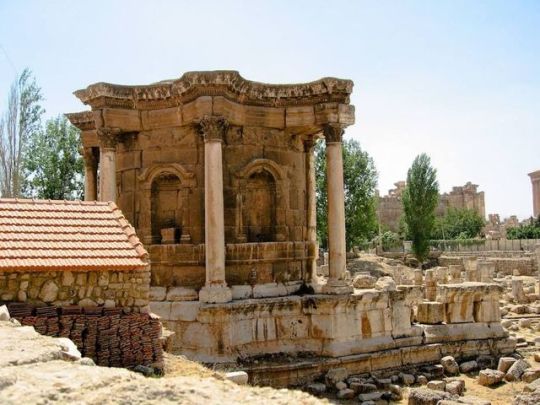
Temple of Venus (Baalbek), built during the 3rd century AD.
5K notes
·
View notes
Photo
Known as the “Monteleone Chariot”, it was discovered in 1902 by a landowner working on his property. Along with the chariot there were also utensils of bronze, iron, and ceramic, as well as other grave goods. Your boy found a tumulus.
This chariot is REALLY cool because it is the best preserved of its kind to have been found from pre-Roman Italy, circa 6th century BCE. It seems that it, along with most others found from this period, was never meant to be used in battle but was used instead for parade purposes.
Further, the panels depict the life of Achilles before and during the Trojan War.
https://www.metmuseum.org/en/art/collection/search/247020
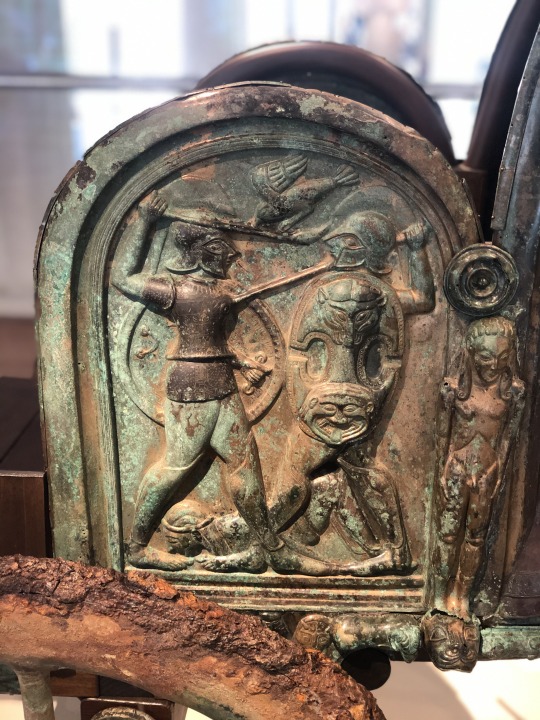
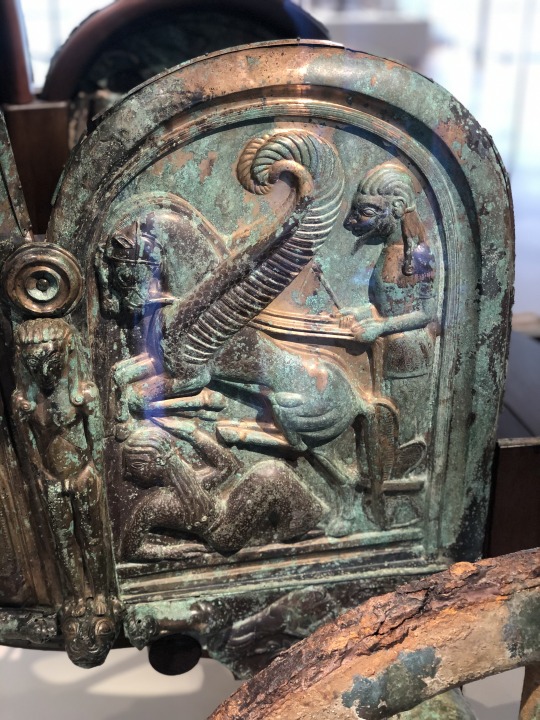
Details from an Etruscan chariot in the Metropolitan Museum of Art
520 notes
·
View notes
Photo
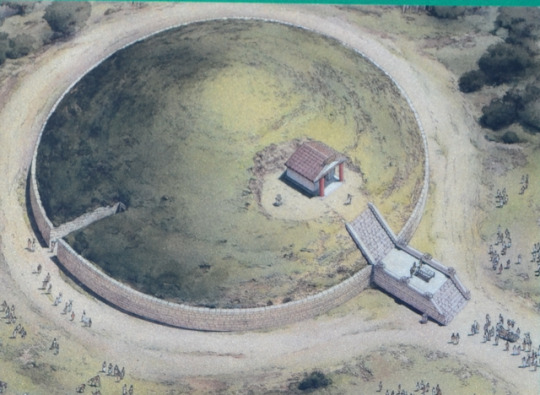
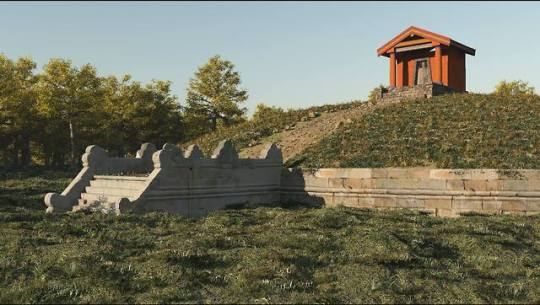
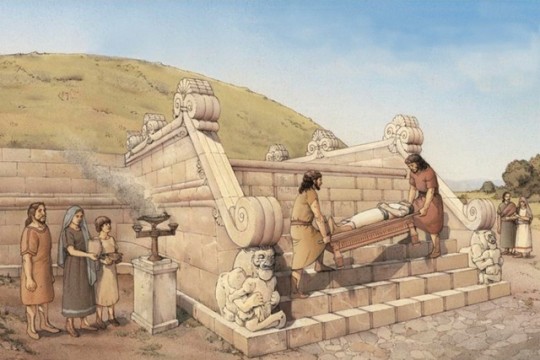
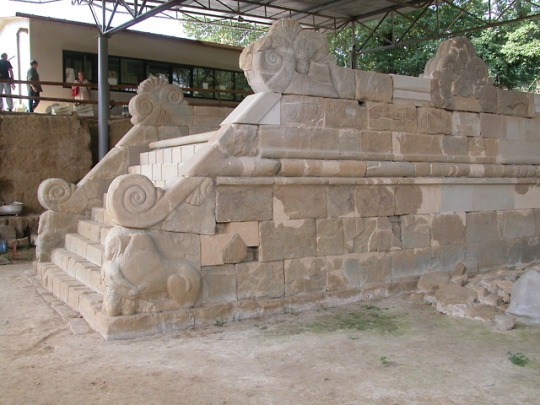
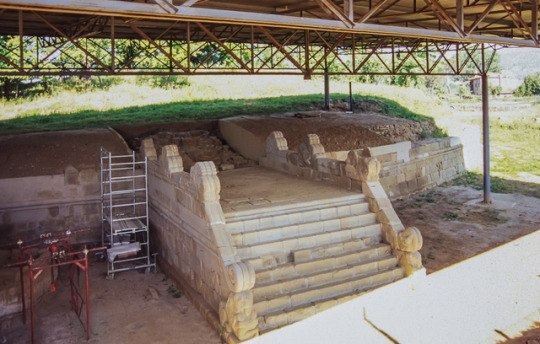
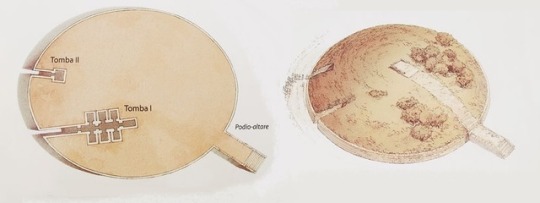
Tumulo II of Sodo (Also knows as Il Melone, the Melon)
Cortona, Tuscany, Italy
5th century BCE
Etruscan
The Tumulo (or Melone) II of Sodo is located on the right edge of the stream Loreto. Its structure consists of two tombs and a monumental altar. Tomb 1 is characterized by a long entrance corridor, which leads to two consecutive rectangular vestibules, through which it was possible to enter six lateral chambers (three on each side) and the main chamber at the back of the tomb. Tomb 2 was made up of two consecutive chambers, where some fetid-stone sarcophagi and cinerary urns as well as extremely refined golden pieces have been found: necklaces of different kinds, pendants, earrings and rings.
The monumental risalit was probably an altar – platform for religious ceremonies and cultural practices. The structure is made up of a ten-step stairway decorated with carved sphinxes devouring warrior.
741 notes
·
View notes
Photo
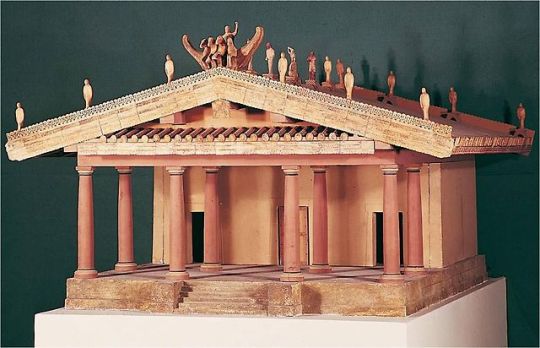
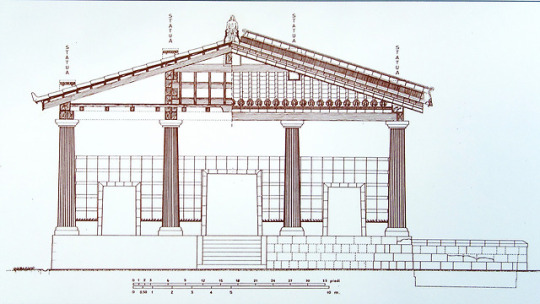
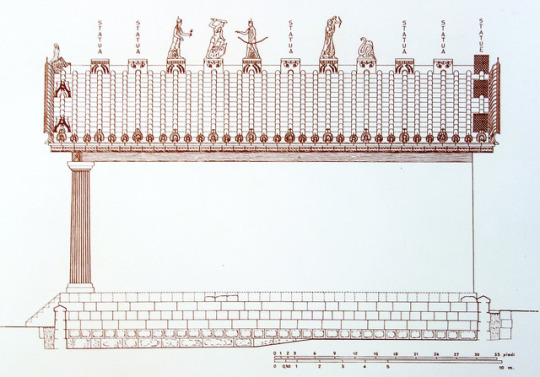
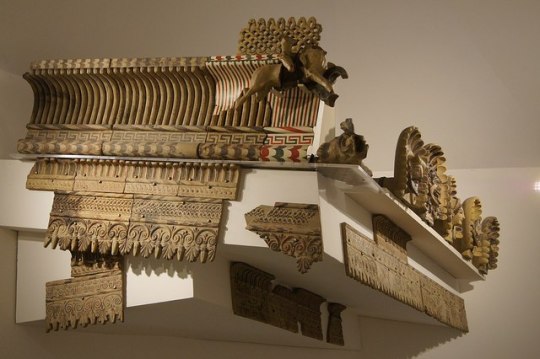
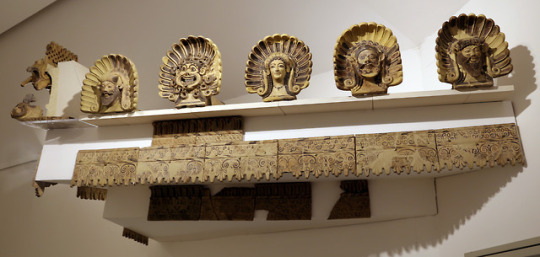
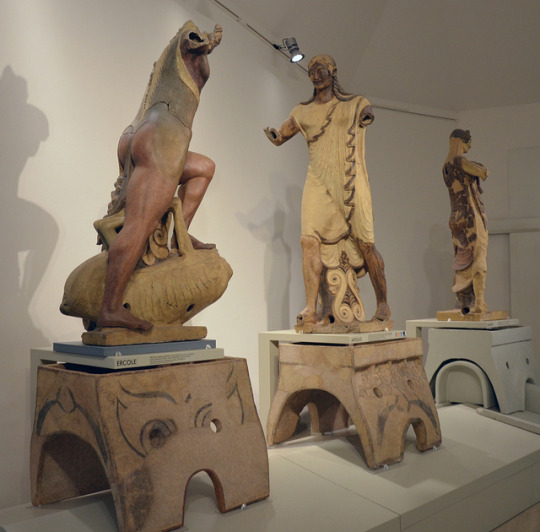
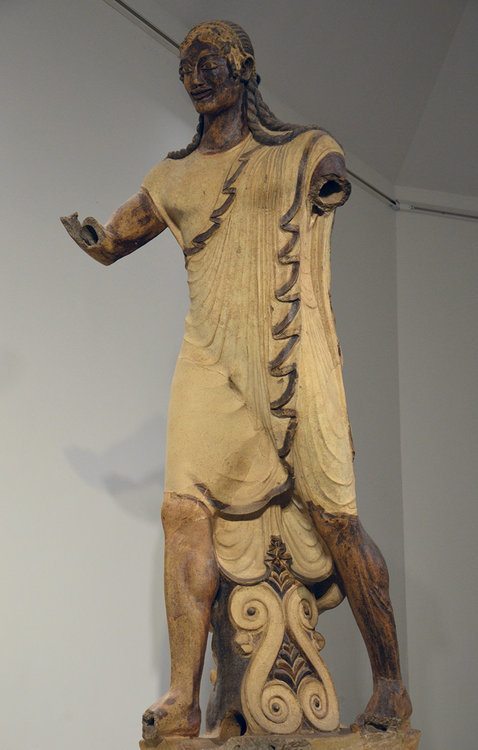


Temple of Apollo
Portonaccio, Veii (Veio), Italy
510 BCE
Etruscan
This sanctuary, among the most ancient and venerated on all of Etruria, was outside of the city and on a road leading to the Tyrrhenian coast and the Veii salt flats. Its most ancient nucleus was tied to the cult of the goddess Minerva and a small temple, a square altar, a portico and stairs from the road were built in about 530-530 BC in her honour. The three-cell temple with the polychrome terracotta decorations was erected in about 510 BCE in the western part of the sanctuary. Adjacent to the temple there was a great pool with a tunnel and a fence that enclosed the sacred woods. The temple was in honour of the god Apollo in his prophetic oracle aspect inspired after the Delphi model to which purification ceremonies were tied. Heracles, the hero made god dear to tyrants, and maybe also Jupiter, whose image we have to imagine on the central wall of the temple were tied to Apollo.
By the middle of the 5th century BC, all work on the temple was complete and it began a slow decline while the structures sacred to Minerva were renovated on the eastern sector of the sanctuary. The starting up again of the cult worshipping Minerva, which continued also after the conquering of Veii by Rome (396 BCE) is documented by a splendid series of votive statues of classic and late-classic style boys, such as the famous head, “Malavolta” as to indicate the important role of the goddess in the rituals of the passage from adolescence to adulthood that signalled the fundamental phases of the life of the members of the aristocratic families of Veii. In the 2nd century BCE, the tuff mine that destroyed the central area of the sanctuary was opened causing damage to the temple and the sliding down of material downhill.
1K notes
·
View notes
Photo
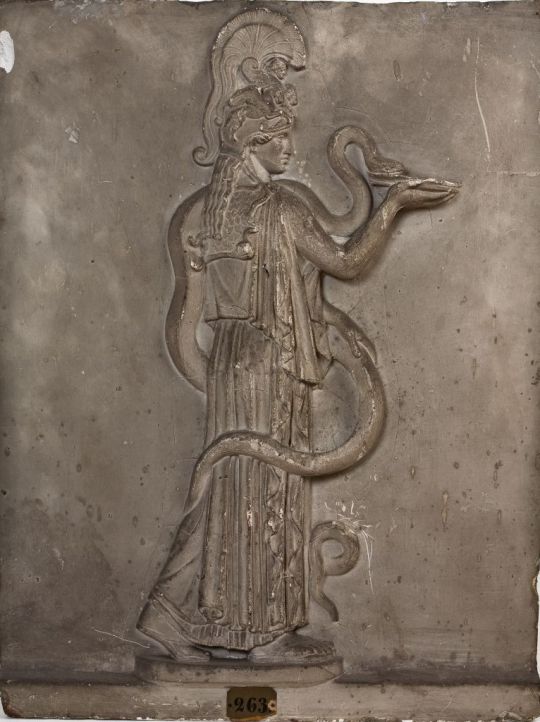
Minerva
From antique Roman relief, ca.117/138, plaster, 45,7x35 cm
Thorvaldsens Museum Inv. L263
Works, relating to this work: The Barberini candelabra, ca. 117 to 138, marble, The Pio-Clementino Museum, The statue Gallery, Vatican, Inv. 547
206 notes
·
View notes
Text
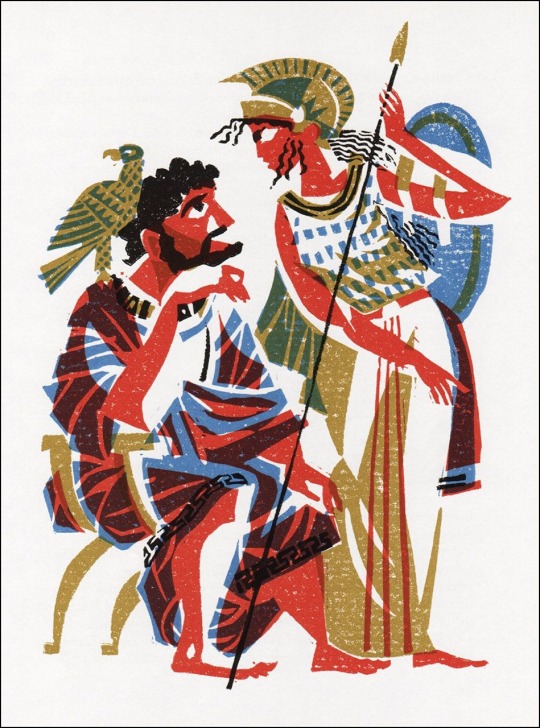
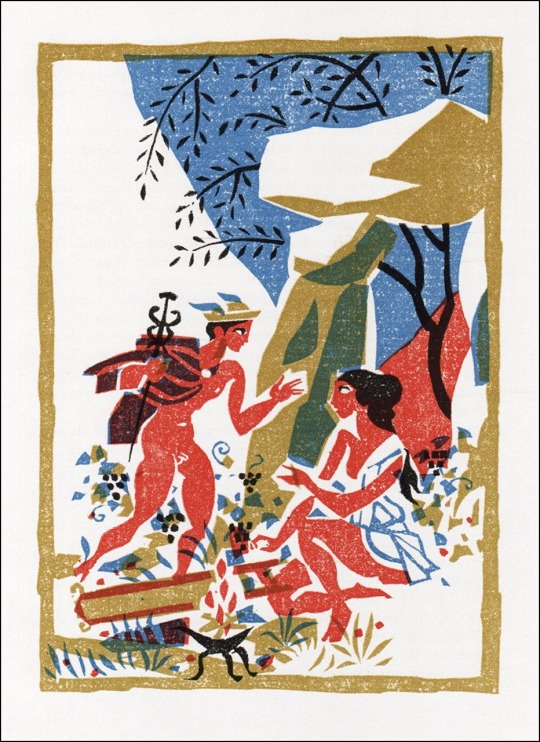
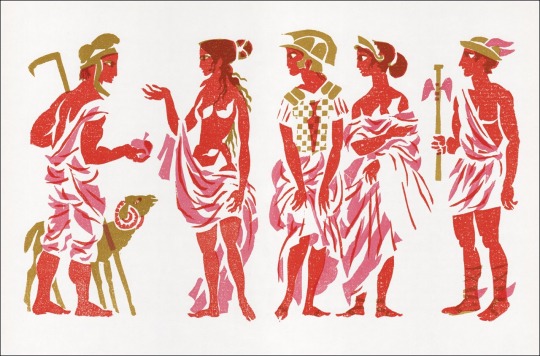
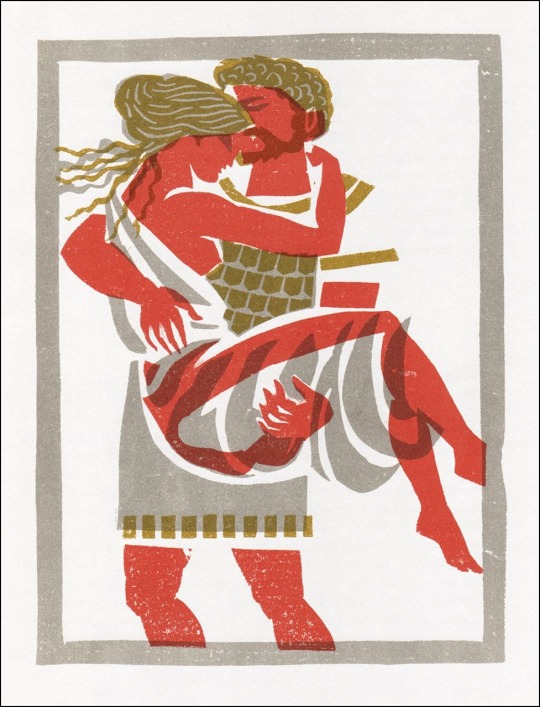
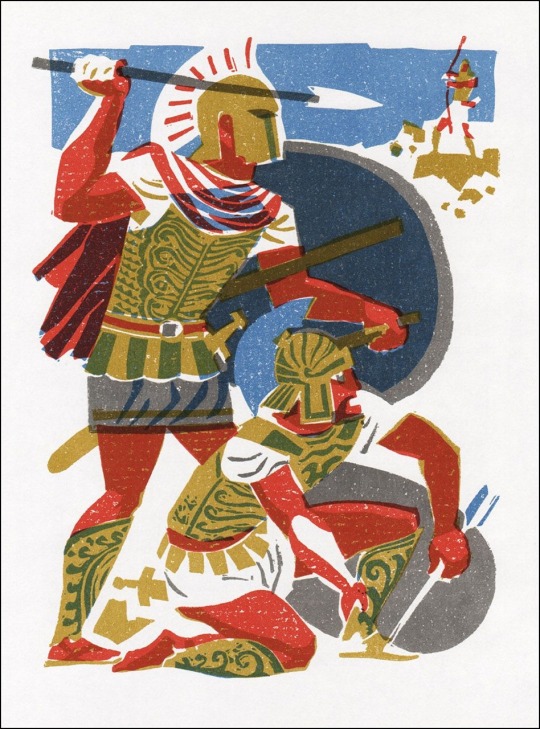
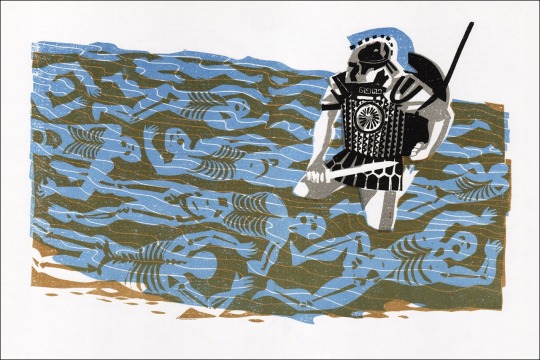
Greek myths and stories, illustrated by German artists, Eberhard and Elfriede Binder in 1968.
9K notes
·
View notes
Text
Postcards from Rome
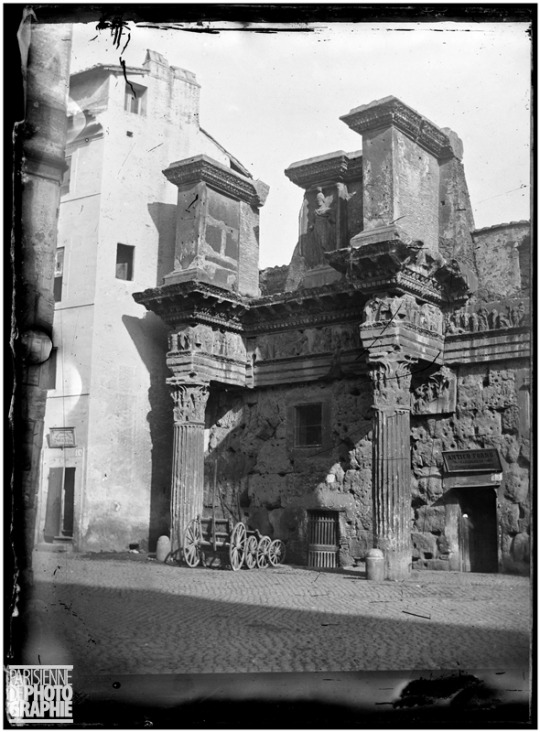
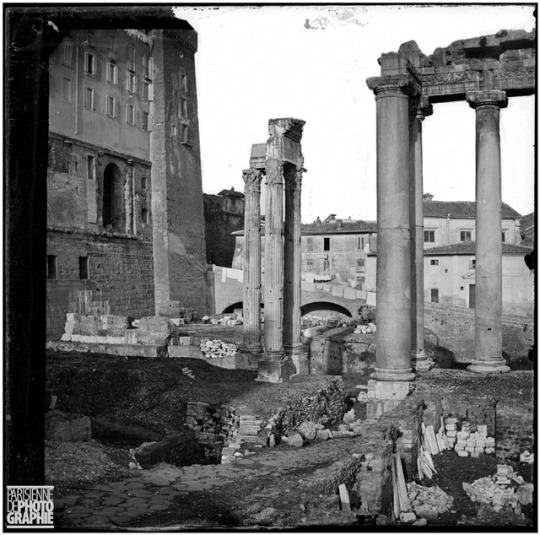
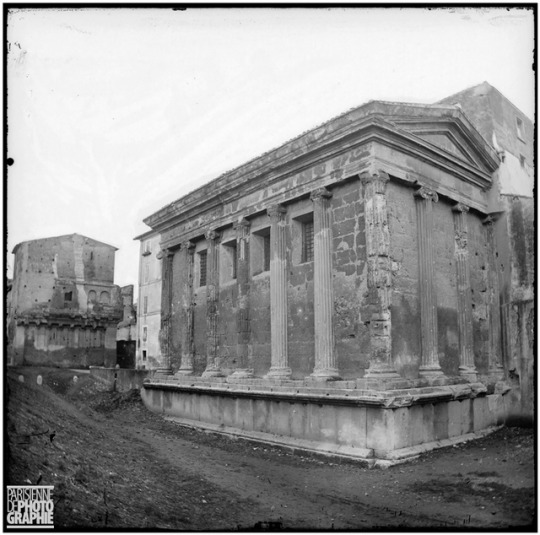
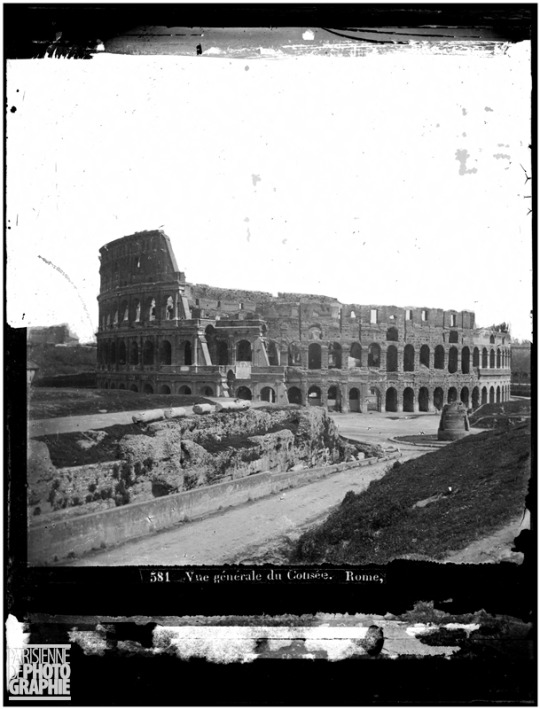

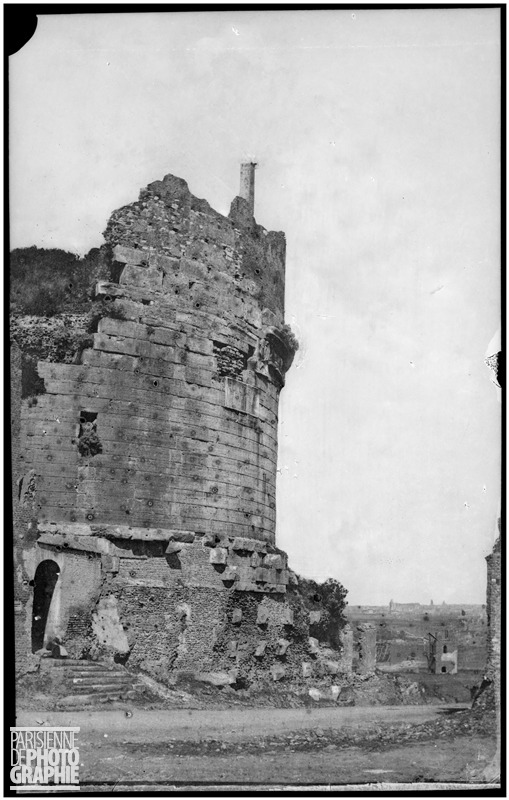
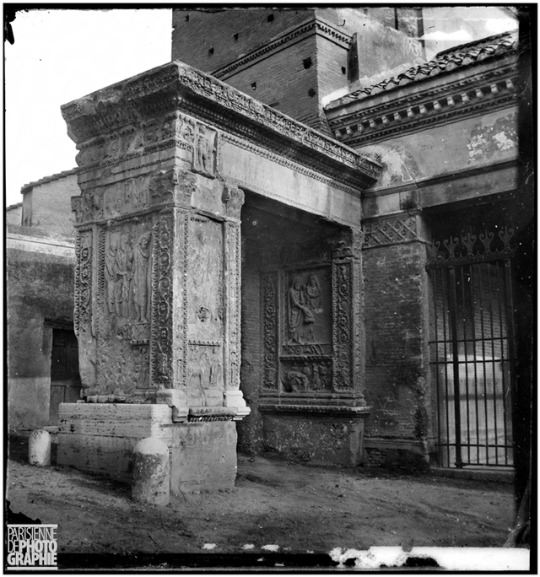
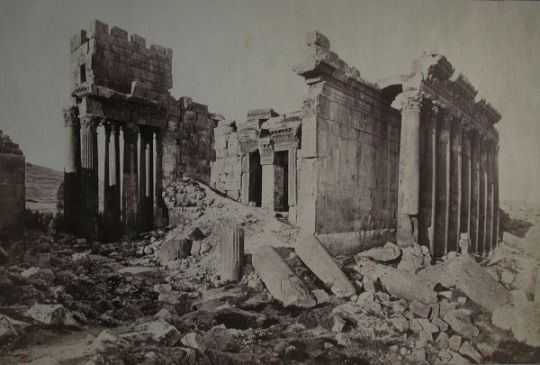
In the last quarter of the 19th century, the French company Léon & Levy produced photographic postcards and stereoscopic slides depicting the archaeology of the ancient world. These images of Roman monuments preserve their appearance prior to full excavation, reconstruction, or restoration.
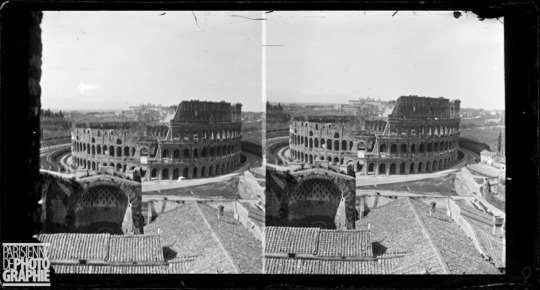
From top down: Forum Transitorium; Roman Forum, Temple of Concord; Temple of Portunus; Colosseum (Flavian Amphitheatre); Arch of Janus, Velabrum; Tomb of Cecilia Metella; Forum Boarium, Arch of Septimius Severus; Baalbek, Temple of Jupiter.
These photos are in the public domain and can be found here.
166 notes
·
View notes
Photo

Looking towards the Forum of Caesar
Rome, Italy
185 notes
·
View notes
Text

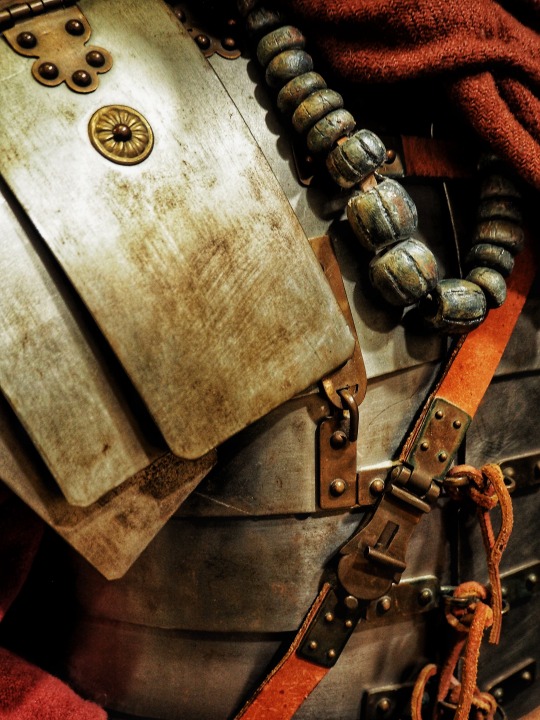
Roman Army Costume Reconstruction, Doncaster Museum and Gallery, Doncaster, 14.12.19.
518 notes
·
View notes

